Pilot construction of 100 schools in 2025
Announcement No. 81 clearly states that in 2025, 100 new schools will be built or renovated on a pilot basis, with the goal of completing them before the new school year at the latest.
These will be model schools, serving as a basis for replication in all 248 border communes within the next 2-3 years. The schools are required to ensure absolute safety for students and teachers, while meeting synchronous technical standards, area size, learning facilities, living areas, as well as physical and mental conditions.
On July 20, 2025, the Prime Minister directed in Official Dispatch No. 6725/VPCP-KGVX, requesting ministries, branches and localities to urgently take action.
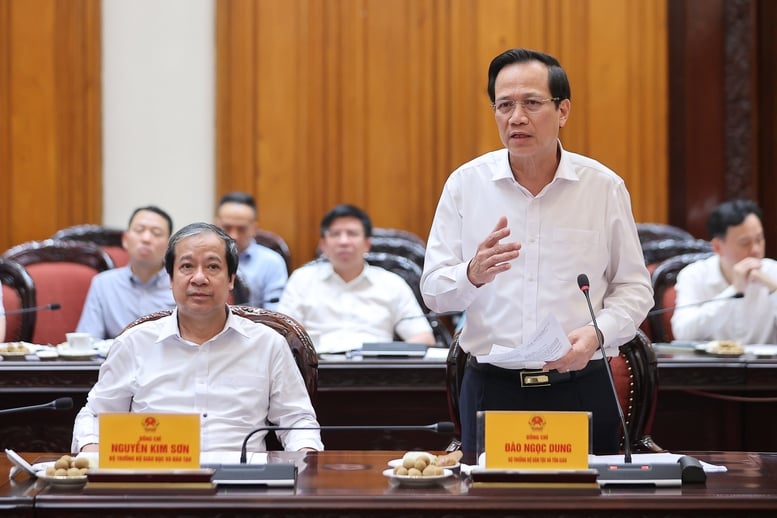
Minister Dao Ngoc Dung: Each lowland province can "sponsor" a few schools in the border - from material sponsorship, supporting learning materials to organizing cultural exchanges.
According to Minister of Ethnic Minorities and Religions Dao Ngoc Dung: "The policy is clear, the core issue is to implement it quickly and synchronously, while mobilizing the total strength from the entire political system to each citizen". According to the Prime Minister's direction, the implementation needs to be flexible, learning from experience while doing, and gradually expanding, to ensure the complete completion of the program. In the first phase, it is necessary to focus all efforts on completing on schedule 100 key schools that have been allocated the State budget, while ensuring construction quality and sustainable operational efficiency.
Decentralize power, encourage people to join
One of the important "bottlenecks" is the land fund issue. The Ministry of Agriculture and Environment plays a guiding role, but it is necessary to delegate specific authority to localities, because they understand the area, land situation and are convenient in mobilizing people.
Minister Dao Ngoc Dung cited Dien Bien province, where people were willing to donate more land to build schools after understanding the long-term benefits for their children. From the initial 5 hectares, local people voluntarily donated another 5 hectares, bringing the total area to 10 hectares. This is proof of the effectiveness of policies with the consensus of the people.
Special mechanism - Solution to speed up progress
Faced with urgent requirements for progress, according to Minister Dao Ngoc Dung, it is necessary to have specific mechanisms. Specifically, such as flexible forms of bidding, designated contractors, direct assignment of work with conditions ensuring transparency, publicity and close supervision, while at the same time giving local authorities the initiative in the implementation process.
In addition, in difficult-to-access border areas, it is possible to assign large corporations and enterprises with financial and technical capacity, or military and police units - forces with extensive experience in construction in high and complex mountainous areas. In addition, it is also necessary to mobilize philanthropists and social organizations that are willing to accompany and sponsor, contributing to sharing the burden with the State budget in the development of education in border areas.
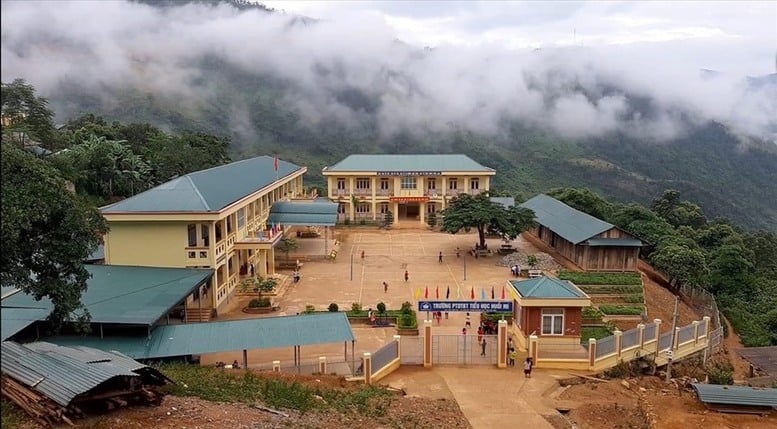
Building schools in border communes not only ensures the right to education for children in disadvantaged areas, but also contributes to strengthening the people's hearts and minds and sustainable development of the country's border areas.
School design: 5 functional areas, minimum of about 5 hectares of land
To meet practical requirements in border communes, each school needs at least 5 hectares of land, enough to arrange five main functional blocks in a scientific and synchronous manner. Specifically, including: a learning area with a classroom system serving at least 1,000 students; a dormitory area for boarding students; common living areas such as a dining hall, playground, sports area, swimming pool and cultural and artistic space; a public housing area for teachers; and other auxiliary works to ensure long-term learning and living conditions.
In addition, the overall design of the school needs to be synchronous, reasonably distributed between functional blocks, and at the same time must be flexible, suitable for the terrain, living habits and culture of each region. The central government only issues basic design templates for guidance, while the specific implementation should be left to the local authorities to implement, in accordance with the geographical and social realities of each place. For example, the Mong and Thai people have different lifestyles and activities, so the same school model cannot be applied. Similarly, in mountainous areas, it is necessary to maximize the advantages of natural terrain, avoid leveling the ground which disrupts the ecosystem and increases investment costs.
Running a school: Not just building, but maintaining
"We cannot allow a situation where the school is built but has no students, or cannot maintain its operations," said Minister Dao Ngoc Dung. These schools need to have a minimum size of about 1,000 students, organized according to the inter-level - semi-boarding - boarding model. Operational issues, especially the costs of maintaining electricity, water, food, service personnel, etc., are big challenges in poor communes and difficult areas.
Currently, the State only provides a small amount of support (such as lunch), while most meals are still provided in the form of "boarding meals" - parents organize or contribute. Without timely support policies, schools can easily be "shelved" after a short period of operation.
A notable initiative from the Minister is the twinning between lowland provinces and highland schools. Accordingly, each lowland province can "sponsor" a few schools in the border - from material sponsorship, support of learning materials to organizing cultural exchanges. Through this, lowland students will understand more about the life of the highland people and vice versa, creating a strong connection between regions, nurturing the spirit of national unity from the time they are still in school.
Son Hao
Source: https://baochinhphu.vn/truong-hoc-vung-bien-can-co-che-dac-thu-huy-dong-toan-dan-102250729075116438.htm

























![[Photo] National Assembly Chairman attends the seminar "Building and operating an international financial center and recommendations for Vietnam"](https://vphoto.vietnam.vn/thumb/1200x675/vietnam/resource/IMAGE/2025/7/28/76393436936e457db31ec84433289f72)











































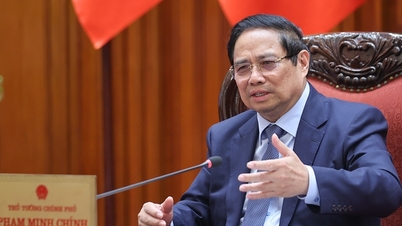



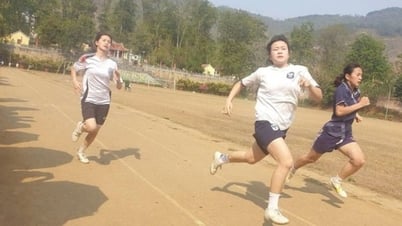
























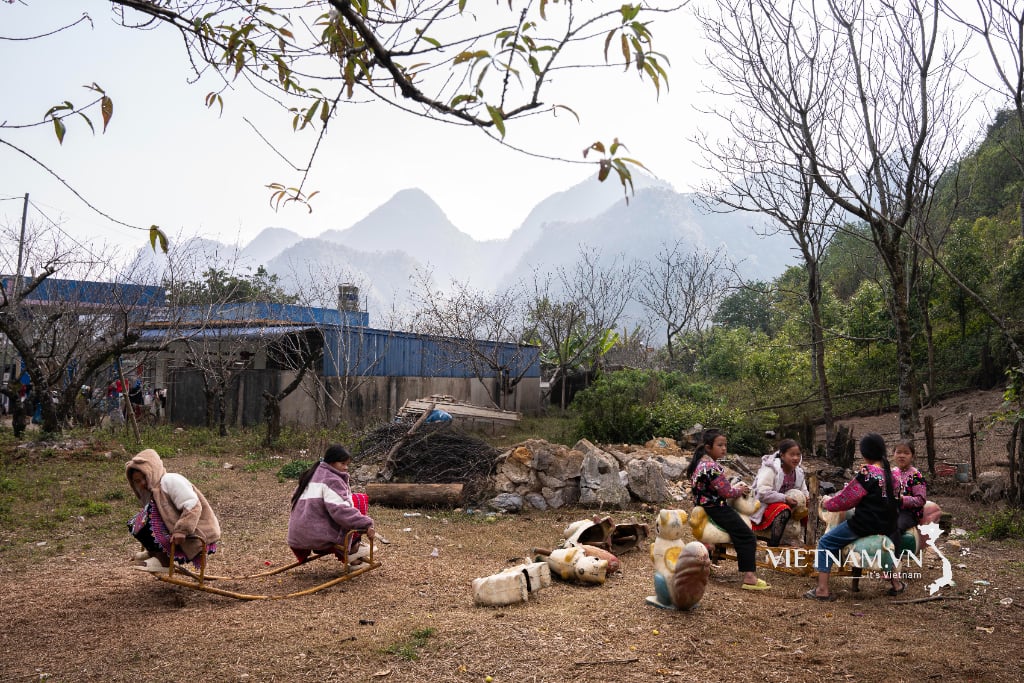
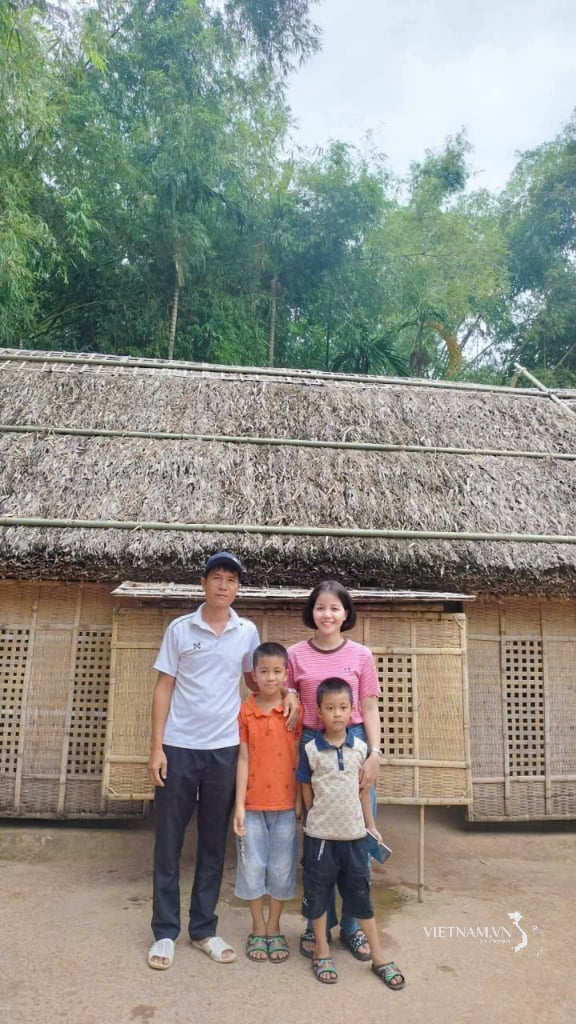
Comment (0)